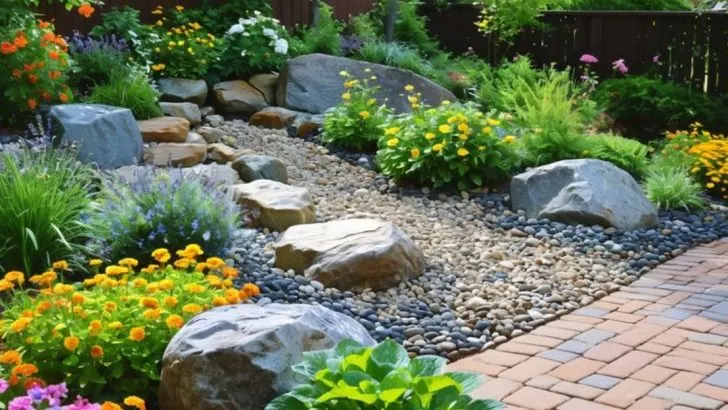What if you stopped asking “Is it the right season?” and started asking “What is my garden telling me?” In a world of shifting climates and unpredictable weather, following the traditional gardening calendar can sometimes do more harm than good.
Seasonless gardening isn’t about chaos—it’s about deep observation. It’s about planting when soil feels right, harvesting by leaf texture or sun angle, and letting natural cues replace dates on a packet. This approach honors the microclimate of your own backyard, not someone else’s idea of timing.
In this article, we’ll explore what happens when you let phenology, instinct, and plant behavior guide your actions—often revealing unexpected abundance, resilience, and a completely new way to experience time in the garden.
Microclimates: Nature’s Hidden Gem

Hidden in every garden are pockets of unique climate conditions, known as microclimates. These can make it possible to grow a range of plants that might not otherwise survive in your region. By observing where the sun hits the longest or where wind protection is natural, you can capitalize on these diverse environments. For instance, a south-facing wall can offer warmth, while a shaded corner provides cool relief. Recognizing and using microclimates allows you to stretch the boundaries of traditional gardening seasons and create a more diverse garden.
Perennial Power: The Year-Round Stars
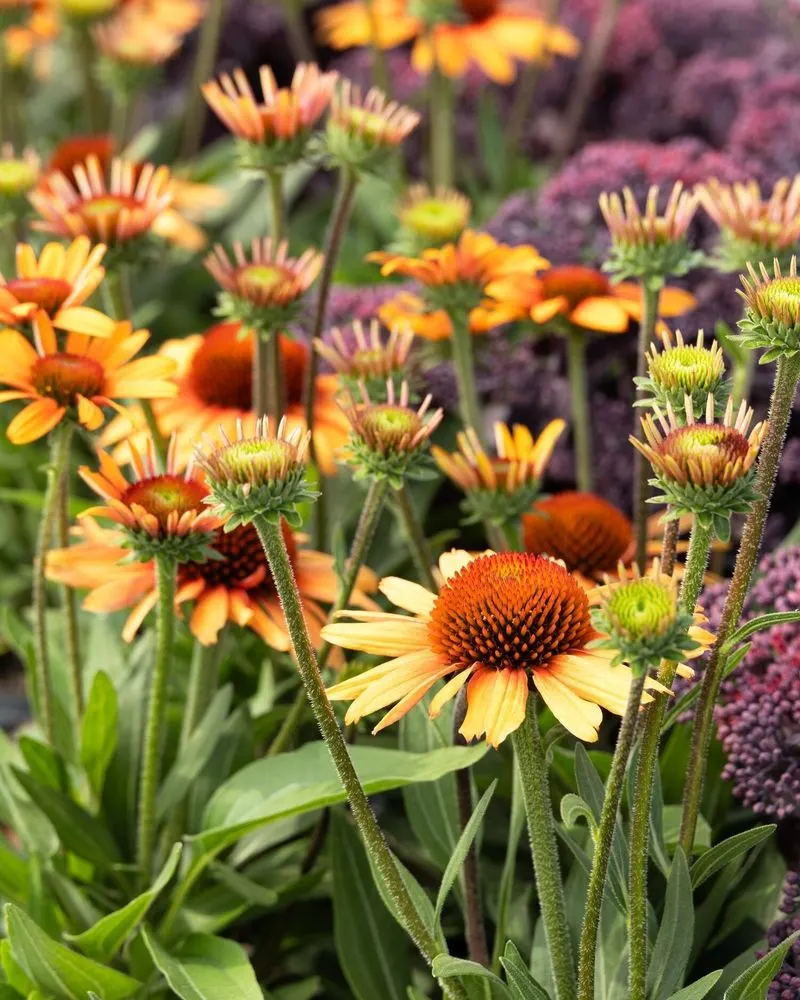
Perennials are the stalwarts of seasonless gardening, providing beauty and resilience throughout the year. These plants, such as daylilies and hostas, return annually without the need for replanting. Their varied bloom times mean there’s always something to enjoy. Moreover, perennials are often more drought-resistant and less needy than annuals, making them ideal for sustainable gardening. By choosing a mix of perennials with staggered bloom times, you can ensure continuous interest and color, regardless of the season.
Greenhouses: Your Personal Eden
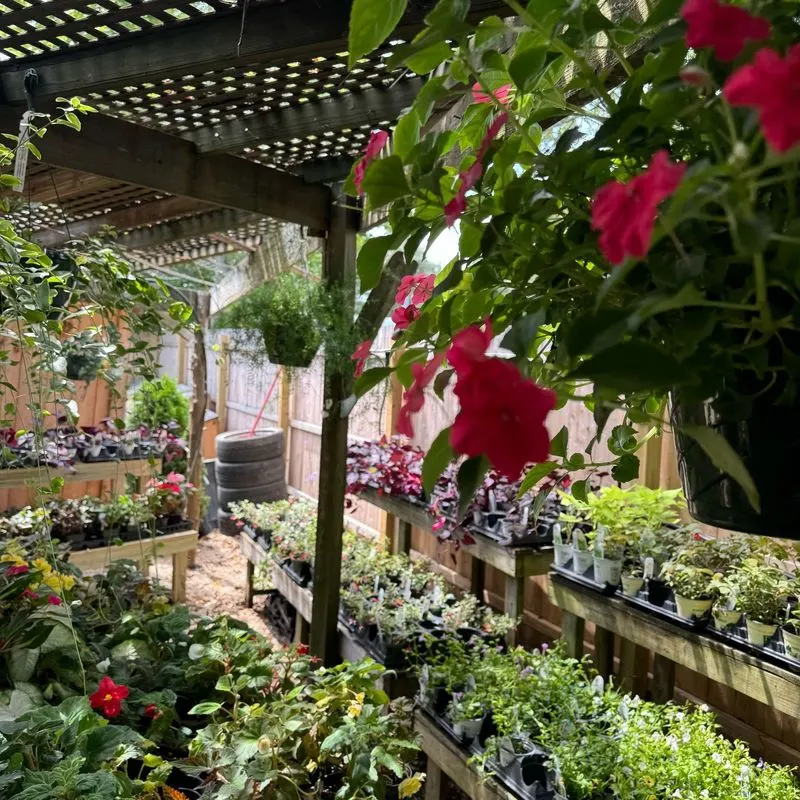
Imagine a space where plants flourish even in the dead of winter. Greenhouses make this possible, offering controlled environments that defy outdoor conditions. They’re ideal for nurturing seedlings or growing exotic plants that wouldn’t survive outside. Beyond functionality, greenhouses can be beautiful structures themselves, adding aesthetic value to your garden. Whether you opt for a simple cold frame or a full-scale greenhouse, this structure extends your growing season and supports a wider variety of plants.
Companion Planting: Nature’s Synergy
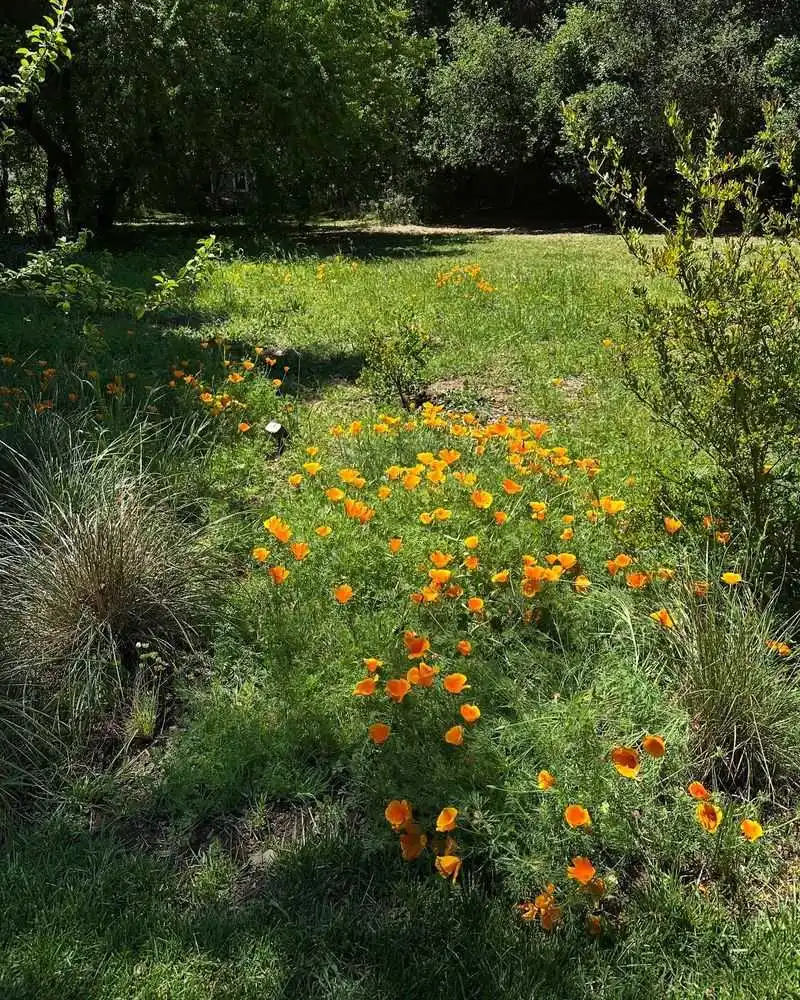
Companion planting is more than just a space-saving technique. It’s about creating a harmonious ecosystem where plants support each other’s growth. For example, planting marigolds with tomatoes can deter pests, while beans enrich the soil for corn. This method allows you to maximize your garden’s productivity without relying heavily on chemical interventions. By understanding which plants work best together, you can foster a garden that thrives naturally, regardless of the calendar’s constraints.
Mulching: The Ultimate Insulator
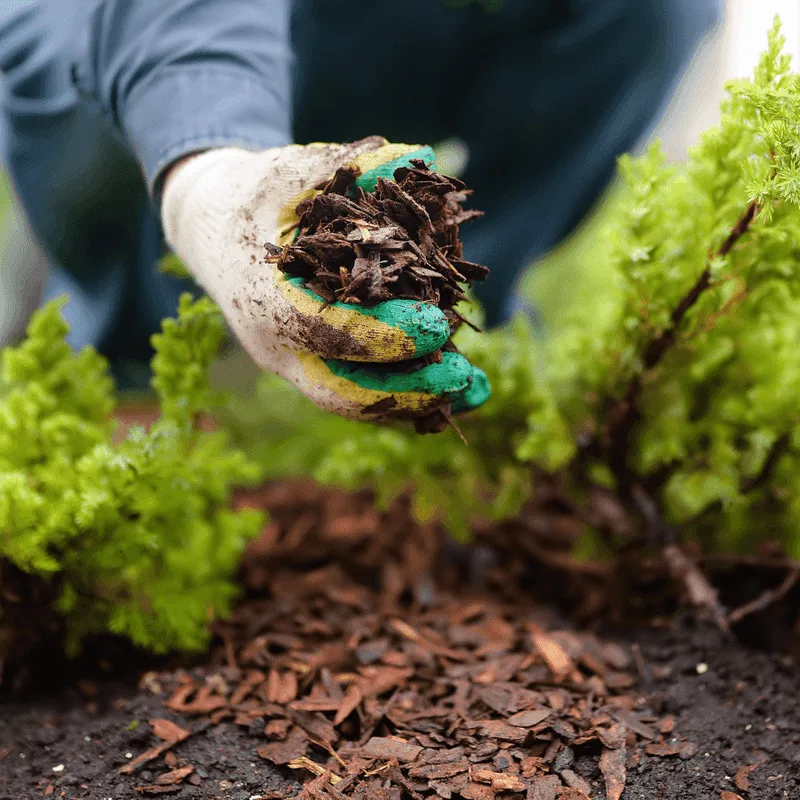
Mulch does more than just make garden beds look tidy; it’s a powerhouse of benefits for seasonless gardening. It acts as an insulator, regulating soil temperature and moisture levels, which is crucial for plant health year-round. In winter, it protects roots from freezing, while in summer, it retains moisture. Additionally, as mulch breaks down, it enriches the soil with nutrients. By choosing the right type of mulch, whether organic or inorganic, you can enhance your garden’s resilience and ensure its vitality beyond traditional seasons.
Vertical Gardening: Reach New Heights
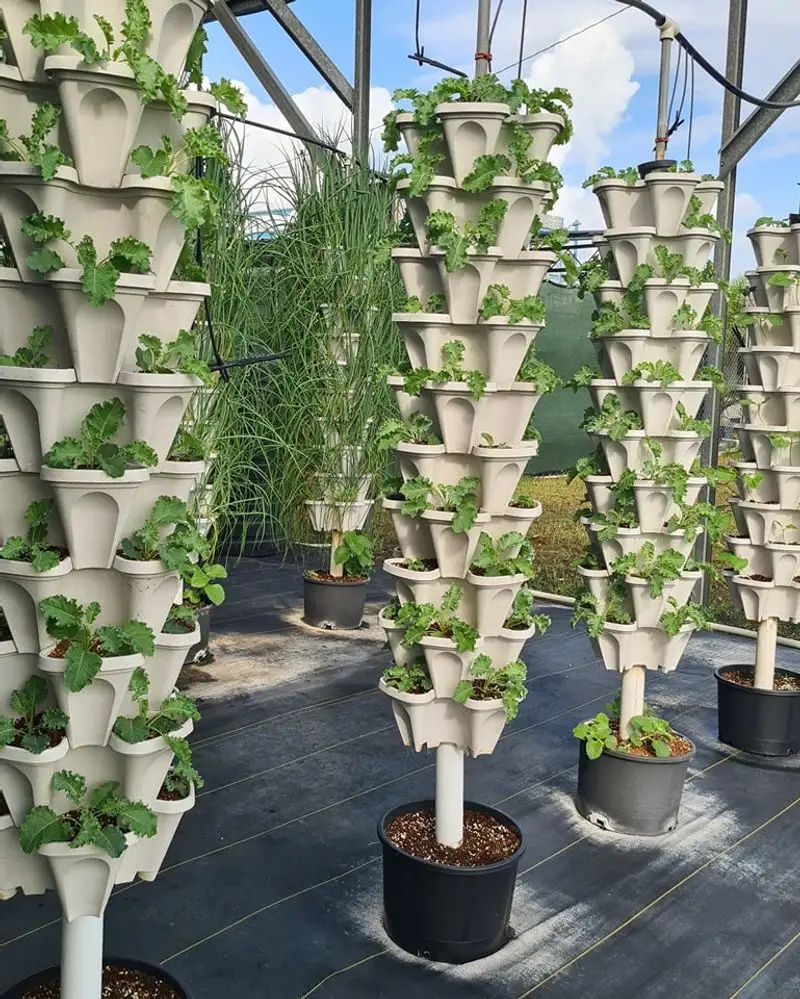
Limited space doesn’t have to limit your gardening ambitions. Vertical gardening lets you utilize walls, fences, and even ceilings to grow plants. This technique is perfect for urban environments where horizontal space is scarce. Choose climbing plants like ivy or install tiered planters for herbs and flowers. Vertical gardens not only save space, but they can also create stunning visual displays and improve air quality. By thinking vertically, you can cultivate a garden that defies spatial limitations and flourishes year-round.
Hydroponics: Soil-Free Innovation
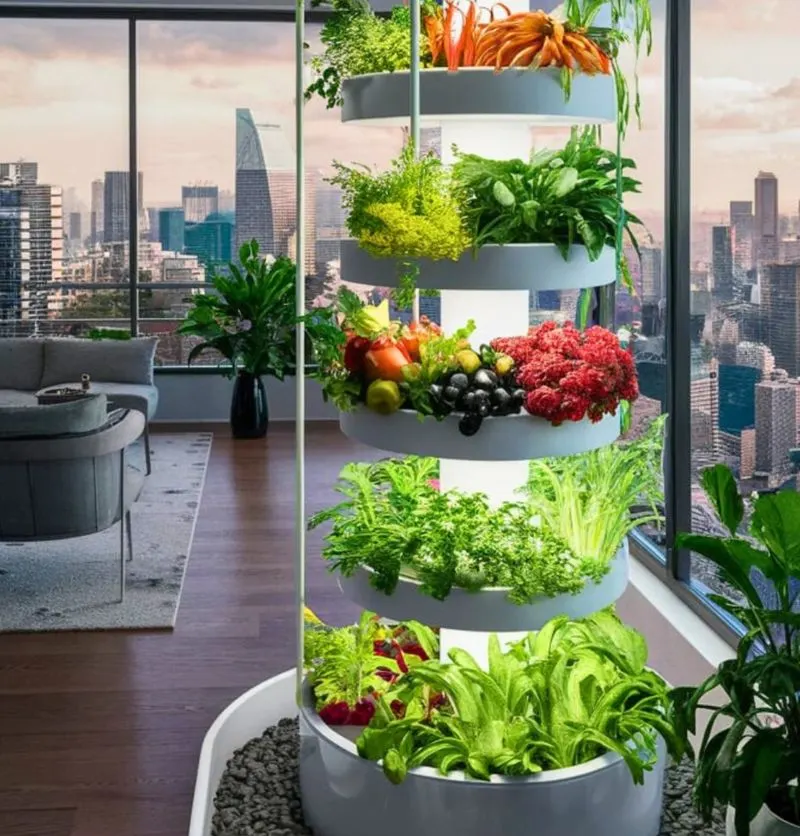
Hydroponics revolutionizes gardening by eliminating the need for soil, allowing plants to grow in nutrient-rich water solutions. This method is particularly useful for indoor gardening, where traditional soil may not be ideal. It enables precise control over nutrients and water, leading to faster growth and higher yields. Ideal for herbs, leafy greens, and even strawberries, hydroponics opens up new possibilities for year-round cultivation. It’s an innovative approach that challenges conventional gardening norms, offering a fresh perspective on what’s possible without dirt.

